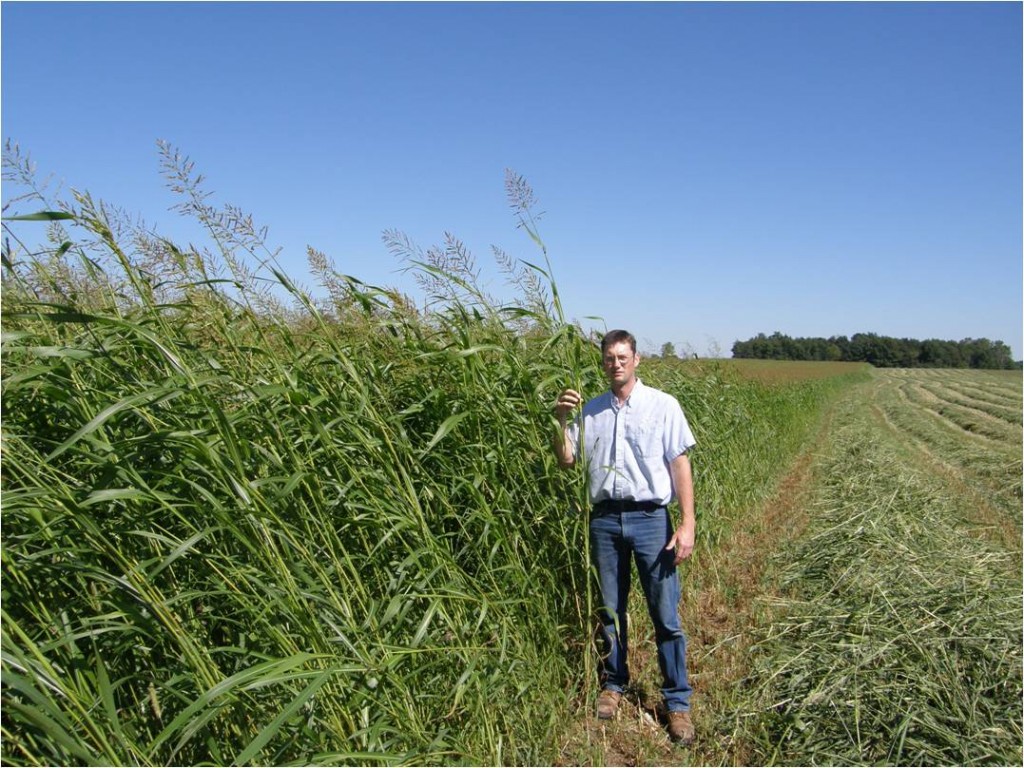Summer Annual Grasses for Cover Crops for Prevented Planting Acres
With an abundance of prevented planting acres in Wisconsin and Minnesota in 2013, there is a need for cover crops to help build soil during the soil’s “idle” time. In this post I’ll mainly focus on summer annual grasses that work well in the Midwest. These recommendations will focus on whether feed is needed or […]
Summer Annual Grasses for Cover Crops for Prevented Planting Acres Read More »
